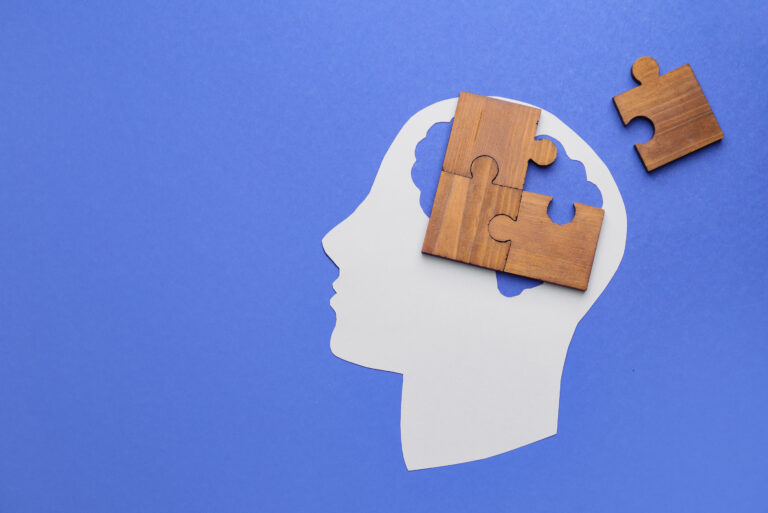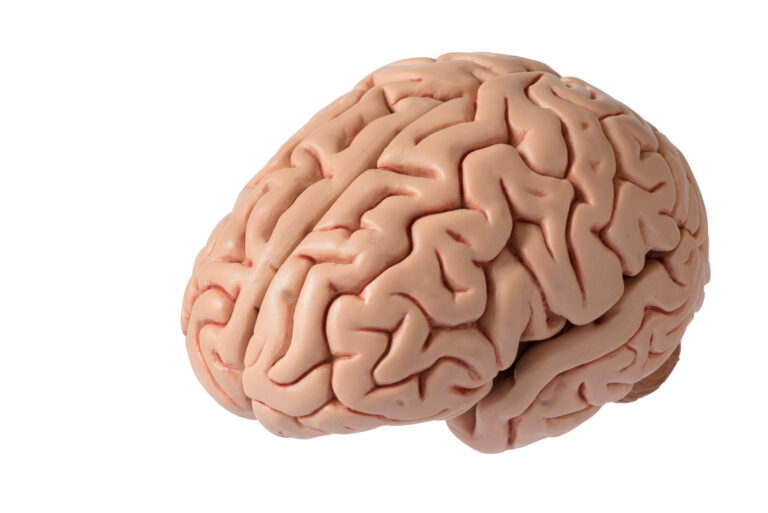Brain plasticity, also known as neuroplasticity, is the brain’s ability to change and adapt throughout a person’s life. This process occurs through the creation of new neural connections and the strengthening of existing ones. While it was once believed that this ability was only present in the developing brain, recent breakthroughs in understanding have shown that older adults are also capable of experiencing changes in their brain’s plasticity.
The concept of brain plasticity was first introduced by psychologist William James in the late 19th century. However, it wasn’t until the 1960s that scientists began to study and understand this phenomenon in more detail. At that time, it was thought that the adult brain was fixed and unable to change. This belief was supported by studies that showed a decrease in brain function as people aged.
However, in the last few decades, researchers have made groundbreaking discoveries about the brain’s plasticity in older adults. One such discovery was made by neuroscientist Michael Merzenich in the 1980s. Merzenich discovered that the brain is constantly changing and adapting in response to experiences and activities. This means that when we learn new things or engage in challenging tasks, our brain forms new connections and strengthens existing ones.
Another key finding came from a study conducted by neuroscientist Elizabeth Gould in the 1990s. Gould’s research showed that the adult brain is capable of generating new neurons, a process known as neurogenesis. This was previously thought to be impossible, as it was believed that the number of neurons we are born with is fixed and cannot be increased. This discovery challenged the long-held belief that the aging brain could not change or improve.
These breakthroughs have led to a deeper understanding of how the brain changes as we age. It is now known that the brain retains its plasticity throughout life and that this can have a significant impact on cognitive abilities. This means that even in old age, our brains have the potential to learn, adapt, and grow.
One area where this breakthrough has had a significant impact is in the treatment of age-related cognitive decline, such as Alzheimer’s disease. It was previously thought that once someone developed Alzheimer’s, there was no way to reverse the damage and restore brain function. However, research has shown that the brain’s plasticity can be harnessed to slow down or even reverse cognitive decline in older adults.
In a study published in the journal Nature Neuroscience, researchers found that cognitive training exercises could improve brain function and increase the size of the hippocampus, a region of the brain associated with memory and learning. This study showed that the aging brain is not only capable of changing, but it can also be stimulated to grow and improve.
Furthermore, physical exercise has also been found to enhance brain plasticity in older adults. Exercise increases blood flow to the brain, which helps in the formation of new connections and the growth of new neurons. A study published in the Journal of Aging and Physical Activity found that regular aerobic exercise in older adults was associated with improved memory and attention.
The understanding of brain plasticity in older adults has also shed light on the importance of lifelong learning and staying mentally engaged. Engaging in mentally stimulating activities such as learning a new language, playing an instrument, or engaging in puzzles and games can strengthen neural connections and improve brain function in older adults. This is because when we challenge our brains, we are stimulating the growth of new neurons and strengthening existing connections.
In conclusion, the breakthroughs in understanding brain plasticity in older adults have challenged previous beliefs about the aging brain and opened up new possibilities for improving cognitive abilities in later life. The discovery that the adult brain is capable of changing and growing has important implications for treating age-related cognitive decline and promoting healthy aging. It emphasizes the importance of staying mentally and physically active throughout life to maintain a healthy and adaptable brain. With continued research and understanding, we can continue to unlock the potential of the aging brain and improve the quality of life for older adults.





